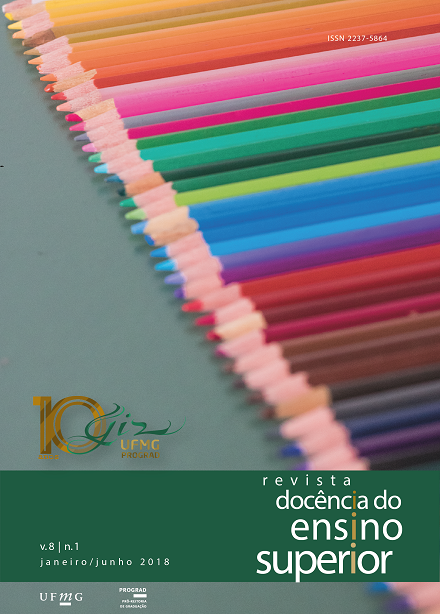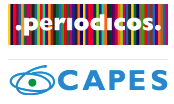Theory and practice go hand in hand
teaching experience according to the Teaching, Service and Community Integration axis
DOI:
https://doi.org/10.35699/2237-5864.2018.2443Keywords:
Education, Theory and practice, Social insertion, Health, TeachingAbstract
Teaching experience report on the Teaching, Service and Community integration axis of a Medicine Course in Arapiraca/Alagoas (created in the second half of 2015) about the construction of fundamental steps for the insertion of the students of the second class (attending the 1st / 2nd period) in the community and for them to face the challenge of activities without motivation and with devaluation of the work at Basic Health Units. The first moment occurs in the activities of knowledge and construction of social cartography of the action and learning space. The second moment is about the diagnosis of Health, with population and local services colaboration, to seek ways of promoting health and guarantees of full life. The third moment of this process is the recognition of the circulating knowledge in the community in a path of education, autonomy, identity and social transformation. Other moments in the formation, insertion and commitment of the teacher, student and institutional are necessary and have in this small experience its beginnings and its continuity.
Downloads
Downloads
Published
Issue
Section
License
Authors who publish in this journal retain the copyright and grant the journal the right of first publication, with the work simultaneously licensed under the Creative Commons Attribution License which allows the sharing of work with acknowledgment of authorship and initial publication in this journal.
Authors are authorized to take additional contracts separately, for non-exclusive distribution of the version of the work published in this journal (e.g. publish in institutional repository or as a book chapter), with acknowledgment of authorship and initial publication in this journal.
Open access policy:
Revista Docência do Ensino Superior is an Open Access journal, which means that all content is available free of charge, at no cost to the user or their institution. Users may read, download, copy, distribute, print, search, or link to the full texts of the articles, or use them for any other legal purpose, without seeking prior permission from the publisher or author, provided they respect the license to use the Creative Commons used by the journal. This definition of open access is in line with the Budapest Open Access Initiative (BOAI).



























